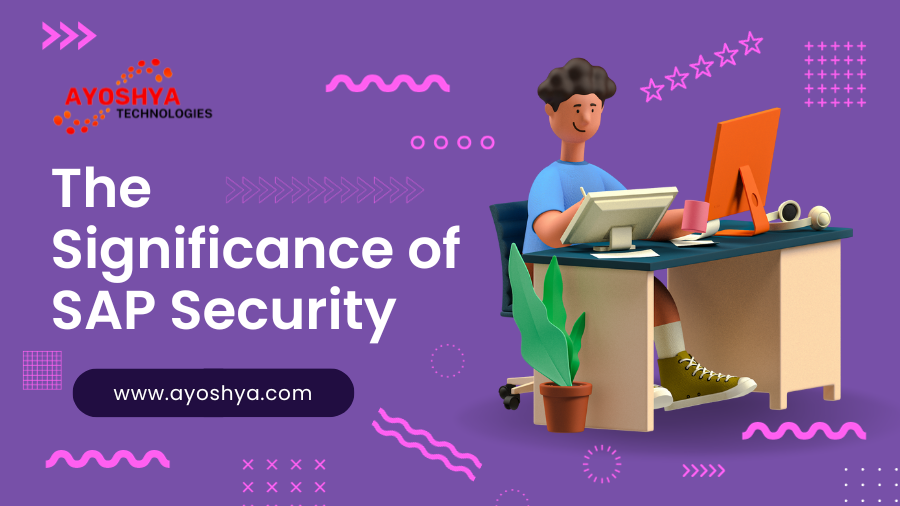The Significance of SAP Security
SAP Security systems play a pivotal role in managing critical business functions, including financials, human resources, supply chain, and customer relations. Consequently, securing SAP is crucial for several reasons:
1. Data Protection
SAP systems house vast amounts of sensitive data, including financial records, customer information, and intellectual property. Protecting this data is essential to prevent data breaches and maintain trust.
2. Operational Integrity
Ensuring the integrity of SAP processes and transactions is vital for the smooth operation of business functions. Any unauthorized access or tampering could disrupt operations.
3. Compliance Requirements
Many industries have strict regulatory requirements governing data security and privacy. Adhering to these regulations is not only a legal obligation but also a matter of business reputation.
4. Risk Mitigation
It measures help mitigate risks associated with cyberattacks, fraud, and internal threats.
Common SAP Security Risks
To effectively protect your SAP environment, it’s essential to be aware of common security risks:
1. Unauthorized Access
Weak access controls can lead to unauthorized users gaining entry to SAP systems, potentially causing data breaches or malicious activities.
2. Data Leakage
Data can be unintentionally exposed through misconfigurations, improper access controls, or unencrypted communications.
3. Inadequate Patch Management
Failing to apply security patches and updates leaves systems vulnerable to known vulnerabilities.
4. Insider Threats
Employees or contractors with access to SAP systems can pose internal threats, intentionally or unintentionally compromising security.
5. Lack of Monitoring and Auditing
Inadequate monitoring makes it challenging to detect suspicious activities or security breaches in real-time.
Strategies for Strengthening SAP Security
To bolster your security posture, consider implementing the following strategies:
1. Access Controls
Implement strong access controls, role-based access management, and user provisioning processes to ensure that only authorized personnel have access to critical data and functions.
2. Regular Auditing and Monitoring
Continuously monitor SAP systems for unusual activities, and conduct regular security audits to identify vulnerabilities and weaknesses.
3. Encryption
Encrypt sensitive data in transit and at rest to protect against data breaches.
4. Patch Management
Establish a robust patch management process to keep SAP systems up to date with the latest security fixes and updates.
5. User Training and Awareness
Educate employees and users about security best practices, including recognizing phishing attempts and safeguarding login credentials.
6. Third-Party Security Solutions
Consider investing in third-party security solutions that provide additional layers of protection, such as intrusion detection systems and threat intelligence.
Conclusion
It is not an option but a necessity in today’s digital business landscape. By understanding the significance of SAP security, identifying common risks, and implementing proactive strategies, organizations can fortify their SAP environments, protect sensitive data, and ensure the integrity of critical business operations.
Read More: SAP Security Interview Questions: A Path to Success



